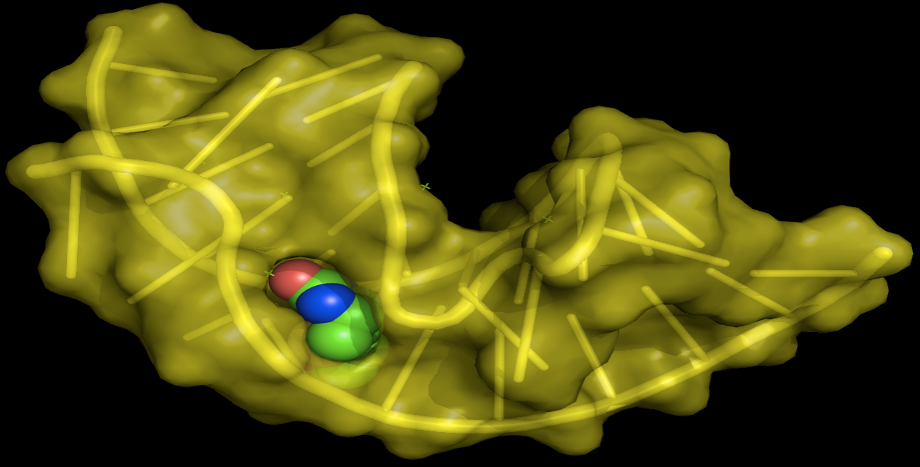This is a multi-disciplined project to build sensor electrodes capable of detecting lead in water and antibiotics in milk.
The project relies on well-established electrochemical sensing techniques like square-wave and cyclic voltammetry. These techniques work by detecting changes in the electrical properties that occur when the analyte of interest comes in contact with the sensor electrode surface.
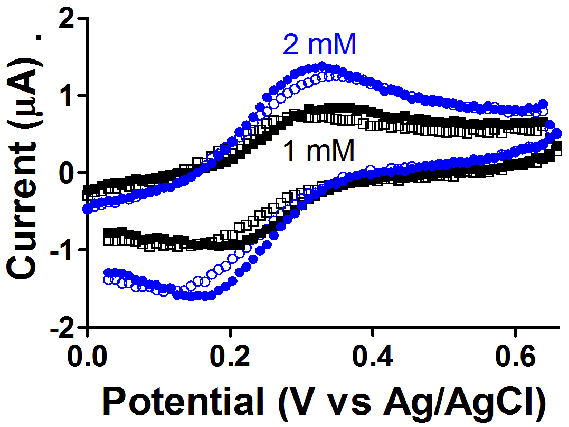
Example of square wave voltammetry data
We are engineering electrodes to specifically and sensitively detect analytes using simple chemical techniques like etching, drop-casting, and bonding recognition molecules to the electrode surface.
We are currently using the CheapStat potentiostat to make our measurements. The CheapStat is an open source potentiostat created by Dr. Kevin Plaxco’s research group at UC Santa Barbara.
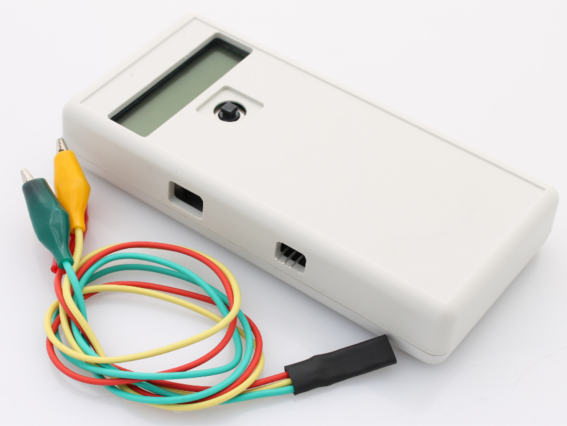
Cheapstat, an open source potentiostat
Eventually, after we have demonstrated feasibility with our electrode designs, we hope to acquire (or build!) a more sensitive potentiostat.
We are experimenting with two types of electrodes. The first is a screen-printed electrode from Pine Research. These small integrated electrodes include the three electrodes required for most electrochemical methods: working, counter, and reference electrode components. The working electrodes can be modified using drop casting.
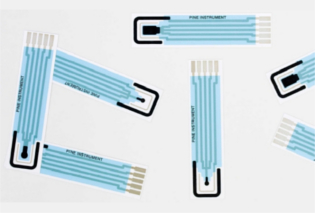
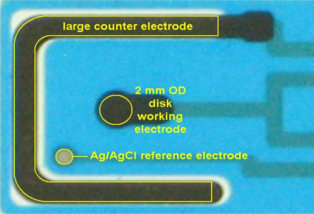
Pine Research Screen Printed Electrodes
We are also developing our own custom 3-electrode systems. We have several glassy carbon rods and gold foil for use as working electrodes. We are going to build our own Ag/AgCl reference electrodes, and we have some platinum wire for counter electrodes in these systems.
Links:
https://publiclab.org/wiki/potentiostat
http://journals.plos.org/plosone/article?id=10.1371/journal.pone.0023783
http://web.chem.ucsb.edu/~kwp/cheapstat/
http://www.pineinst.com/echem/viewproduct.asp?ID=46564
